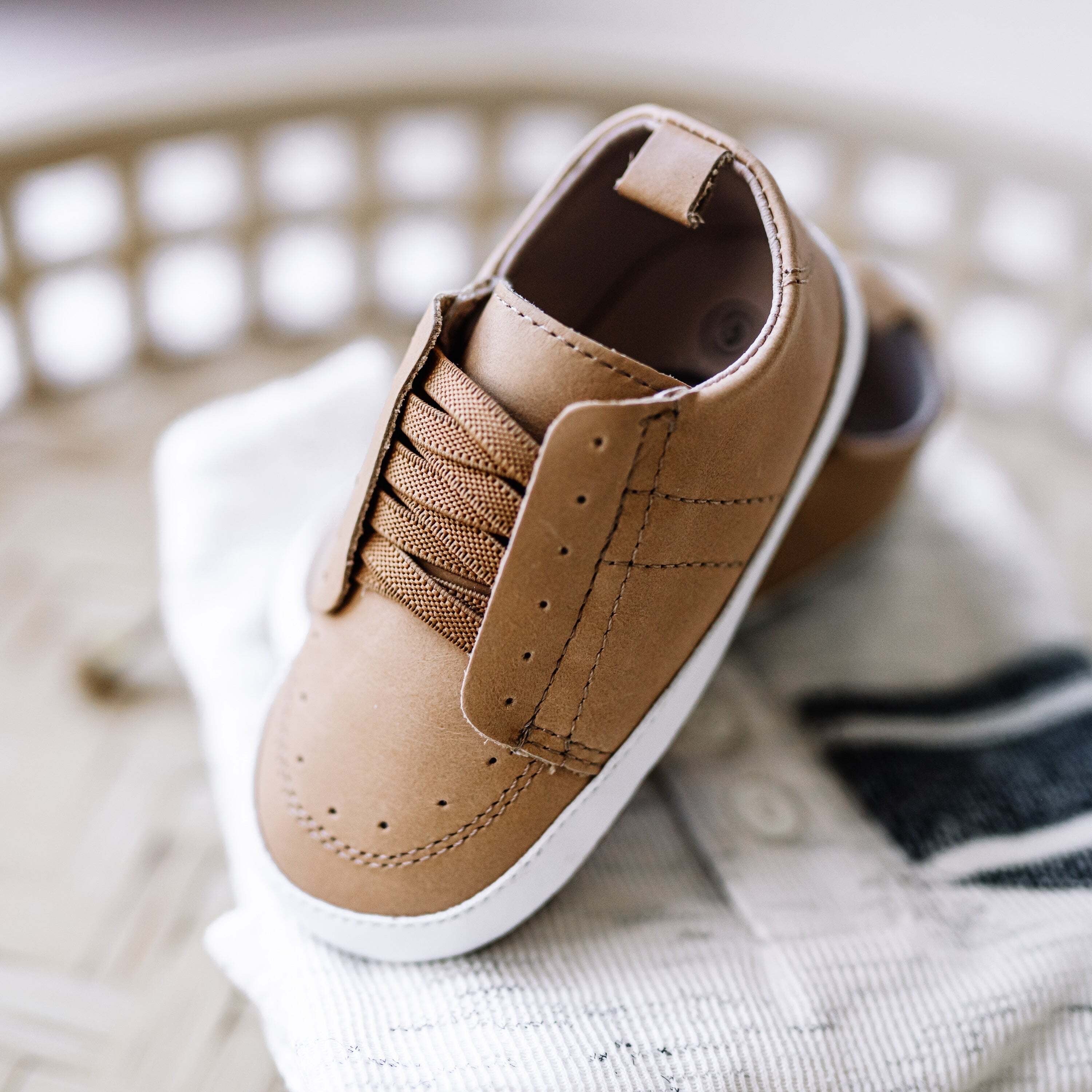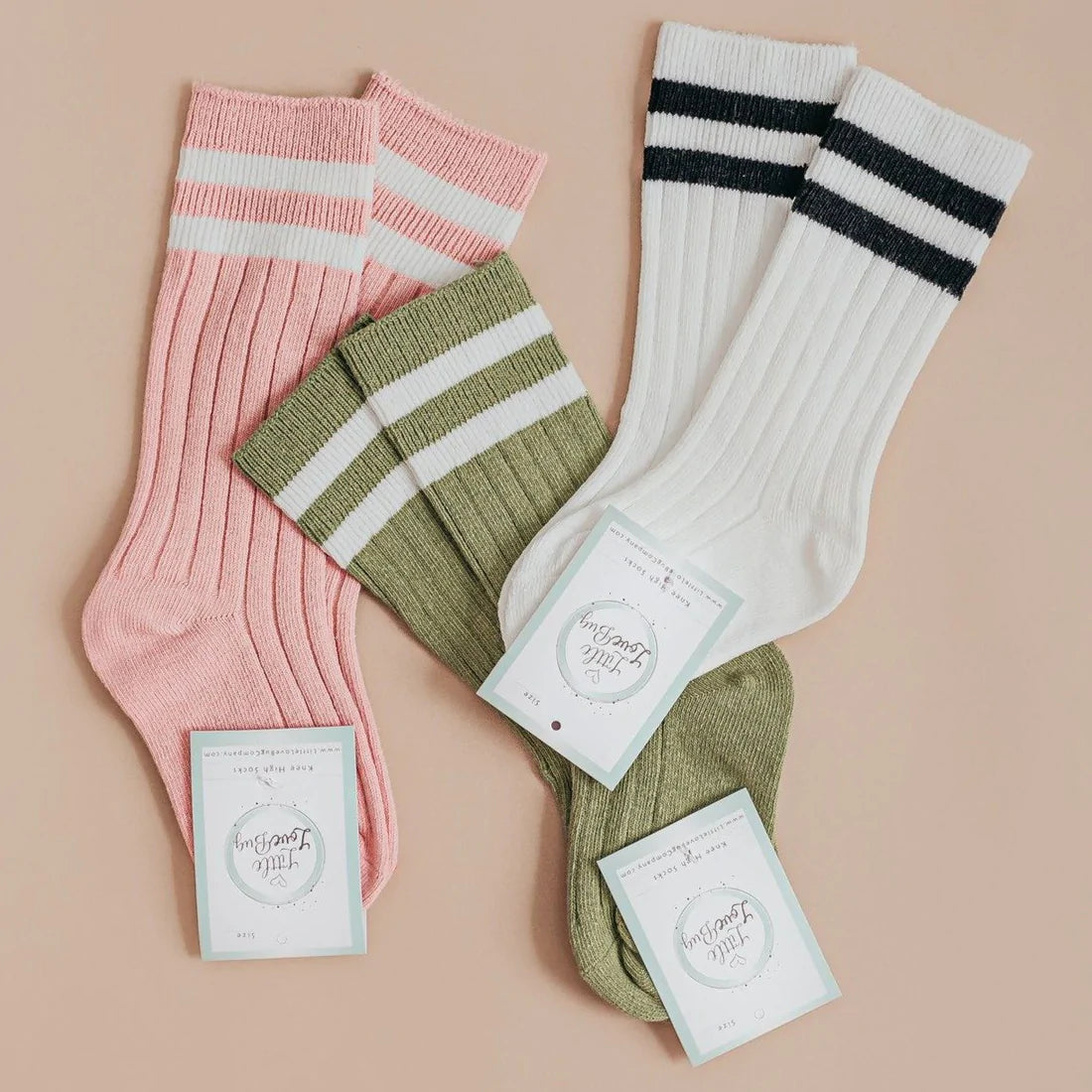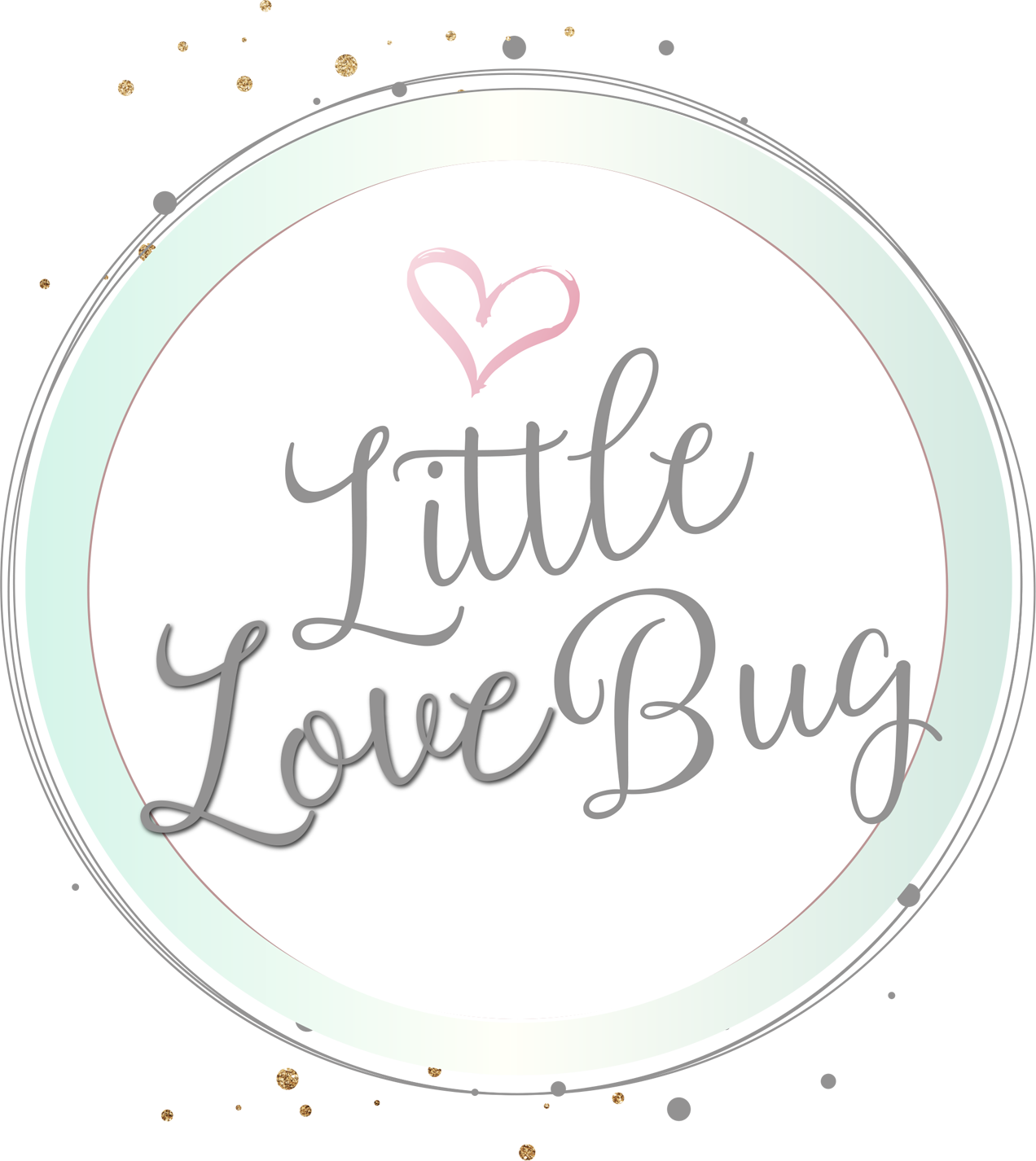When it comes to washing baby clothes, it's important to get it right. Doing so will ensure that your baby's clothes are clean, fresh, and free from any potential irritants or allergens. Washing baby clothes correctly can also help extend their lifespan and keep them looking their best for longer. In this blog post, we'll provide you with tips and tricks for how to wash baby clothes the right way.
Gather all of your baby's clothes.
Before you start washing your baby's clothes, it is important to make sure that you have all of the items that need to be cleaned. This means taking out any clothes that may be stored away in a drawer or closet, as well as anything that has been worn recently and needs to be washed. Make sure to separate any clothes that are heavily soiled from those that are lightly soiled, and lay them out on a clean surface for easy access. When gathering baby's clothing, it is also important to check for any items that may have been left in pockets and remove them before washing.
Check the care label on each article of clothing.
It's important to check the care label on each article of baby clothing before washing. This will help you determine the best way to care for your baby's clothes. The care label will usually have specific instructions on how to wash and dry the garment. It may also tell you the fabric type and content, as well as any special instructions for treating stains or fading. Pay close attention to the temperature and detergent instructions, as some fabrics require cool water and a gentle detergent to avoid damage. After reading the care label, you can decide if the item should be hand-washed or if it is suitable for machine washing.
Fill your sink or tub with lukewarm water.
When it comes to washing baby clothes, you want to make sure that you use lukewarm water. The temperature should be comfortable to the touch - not too hot and not too cold. If you're using a sink, fill it up with enough water to cover the clothes that you are washing. If you are using a tub, make sure that you fill it up with enough water to cover the items. It's important to use lukewarm water because it helps to keep your baby's skin from becoming irritated or overly dry.
Add a mild detergent.
When it comes to washing baby clothes, it is important to use a mild detergent. This is because the skin of a baby is delicate and can easily be irritated. Use a detergent that is made for baby clothes or a mild, gentle detergent that doesn’t contain any harsh ingredients. When choosing a detergent, look for something that is free from dyes and fragrances. If possible, try to find an eco-friendly option as well. Before using any detergent, make sure to check the care label on each article of clothing. Follow the instructions given in order to ensure the best results when washing your baby’s clothes. To add the detergent, slowly pour it into the lukewarm water and stir until it has fully dissolved.
Soak the clothes for about 15 minutes.
If you notice any stains or dirt on the clothes, it is important to soak them before washing them. You can do this by filling a large bowl or bucket with lukewarm water and adding some detergent. Place the clothes in the soapy water and let them soak for 15 minutes or longer. This will help to loosen up any dirt, debris, and stains, making it easier to get them out during the washing process. Be sure to agitate the fabric occasionally during the soaking process to help dislodge any dirt that may be stuck in the fibers. Once the soaking time has elapsed, rinse the clothes in lukewarm water and then proceed with the rest of the washing steps.
Drain the sink or tub.
After soaking the baby clothes in the lukewarm water and detergent, it’s time to drain the sink or tub. Make sure to keep all of the clothes together and do not let them move around too much, as this could cause the fabric to become stretched or torn. To drain, first use a stopper or plug to block the hole in your sink or tub. Once the stopper is secured, start to slowly open the faucet or tap until you are able to pull out the plug and let the water drain out. It is important to remove all of the water before continuing on to the rinsing stage.
Rinse the clothes.
When you’re done soaking your baby's clothes, it’s time to rinse them. Gently swish the items through the water to remove any residual soap. If you're washing in a sink or tub, use a cup or container to scoop out and discard the soapy water. Then, fill the sink or tub again with lukewarm water and rinse the clothes a few times until all of the soap suds are gone. Finally, drain the sink or tub and transfer the rinsed clothes to a clean bowl or laundry basket.
Spin the wet clothes in a washing machine.
Once you have finished washing your baby’s clothes in the sink or tub, it’s time to spin them dry in a washing machine. Begin by transferring the clothes into the washing machine. Make sure that you do not overload the machine as this can cause damage to the clothes and to the machine itself. Once the clothes are in the machine, choose the appropriate cycle for your baby’s clothing. This should be gentle, slow, and cool. Start the machine, and once the cycle is complete, your clothes should be ready for air-drying.
Dry the clothes.
Once you've finished washing the baby's clothes, it's time to dry them. If the clothing has a low or medium heat setting, it can be placed in the dryer. However, delicate fabrics like silk and wool should be hung on a line or a drying rack. If the clothing is labeled as air-dry only, lay it out on a flat surface to dry. Be sure to turn clothes inside out and close any zippers and snaps before drying. This will help prevent items from shrinking or becoming misshapen during the drying process. Once the clothes are dry, fold them up and store them away.
Gather all of your baby's clothes.
Before you start washing your baby's clothes, it is important to make sure that you have all of the items that need to be cleaned. This means taking out any clothes that may be stored away in a drawer or closet, as well as anything that has been worn recently and needs to be washed. Make sure to separate any clothes that are heavily soiled from those that are lightly soiled, and lay them out on a clean surface for easy access. When gathering baby's clothing, it is also important to check for any items that may have been left in pockets and remove them before washing.
Check the care label on each article of clothing.
It's important to check the care label on each article of baby clothing before washing. This will help you determine the best way to care for your baby's clothes. The care label will usually have specific instructions on how to wash and dry the garment. It may also tell you the fabric type and content, as well as any special instructions for treating stains or fading. Pay close attention to the temperature and detergent instructions, as some fabrics require cool water and a gentle detergent to avoid damage. After reading the care label, you can decide if the item should be hand-washed or if it is suitable for machine washing.
Fill your sink or tub with lukewarm water.
When it comes to washing baby clothes, you want to make sure that you use lukewarm water. The temperature should be comfortable to the touch - not too hot and not too cold. If you're using a sink, fill it up with enough water to cover the clothes that you are washing. If you are using a tub, make sure that you fill it up with enough water to cover the items. It's important to use lukewarm water because it helps to keep your baby's skin from becoming irritated or overly dry.
Add a mild detergent.
When it comes to washing baby clothes, it is important to use a mild detergent. This is because the skin of a baby is delicate and can easily be irritated. Use a detergent that is made for baby clothes or a mild, gentle detergent that doesn’t contain any harsh ingredients. When choosing a detergent, look for something that is free from dyes and fragrances. If possible, try to find an eco-friendly option as well. Before using any detergent, make sure to check the care label on each article of clothing. Follow the instructions given in order to ensure the best results when washing your baby’s clothes. To add the detergent, slowly pour it into the lukewarm water and stir until it has fully dissolved.
Soak the clothes for about 15 minutes.
If you notice any stains or dirt on the clothes, it is important to soak them before washing them. You can do this by filling a large bowl or bucket with lukewarm water and adding some detergent. Place the clothes in the soapy water and let them soak for 15 minutes or longer. This will help to loosen up any dirt, debris, and stains, making it easier to get them out during the washing process. Be sure to agitate the fabric occasionally during the soaking process to help dislodge any dirt that may be stuck in the fibers. Once the soaking time has elapsed, rinse the clothes in lukewarm water and then proceed with the rest of the washing steps.
Drain the sink or tub.
After soaking the baby clothes in the lukewarm water and detergent, it’s time to drain the sink or tub. Make sure to keep all of the clothes together and do not let them move around too much, as this could cause the fabric to become stretched or torn. To drain, first use a stopper or plug to block the hole in your sink or tub. Once the stopper is secured, start to slowly open the faucet or tap until you are able to pull out the plug and let the water drain out. It is important to remove all of the water before continuing on to the rinsing stage.
Rinse the clothes.
When you’re done soaking your baby's clothes, it’s time to rinse them. Gently swish the items through the water to remove any residual soap. If you're washing in a sink or tub, use a cup or container to scoop out and discard the soapy water. Then, fill the sink or tub again with lukewarm water and rinse the clothes a few times until all of the soap suds are gone. Finally, drain the sink or tub and transfer the rinsed clothes to a clean bowl or laundry basket.
Spin the wet clothes in a washing machine.
Once you have finished washing your baby’s clothes in the sink or tub, it’s time to spin them dry in a washing machine. Begin by transferring the clothes into the washing machine. Make sure that you do not overload the machine as this can cause damage to the clothes and to the machine itself. Once the clothes are in the machine, choose the appropriate cycle for your baby’s clothing. This should be gentle, slow, and cool. Start the machine, and once the cycle is complete, your clothes should be ready for air-drying.
Dry the clothes.
Once you've finished washing the baby's clothes, it's time to dry them. If the clothing has a low or medium heat setting, it can be placed in the dryer. However, delicate fabrics like silk and wool should be hung on a line or a drying rack. If the clothing is labeled as air-dry only, lay it out on a flat surface to dry. Be sure to turn clothes inside out and close any zippers and snaps before drying. This will help prevent items from shrinking or becoming misshapen during the drying process. Once the clothes are dry, fold them up and store them away.


